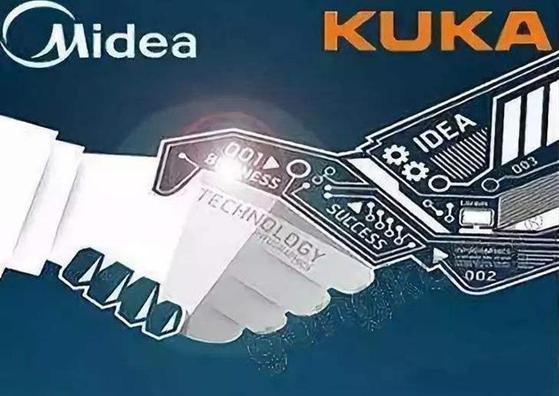- All
- Product Management
- News
- Introduction
- Enterprise outlets
- FAQ
- Enterprise Video
- Enterprise Atlas

Hotline 19928718048

The home appliance industry is undergoing transformation, with smart equipment coming into play!
Classification:
Home Appliance Assembly
Author:
Source:
Release time:
2019-01-21
Visits:
1
Did you know? Home appliances also come in different colors! Usually, what we see in our daily lives are more white home appliances. In fact, just seeing the four characters "white home appliances" will remind people of Japanese brands like Panasonic and Fuji. In Japan, they refer to home appliances as "white home appliances." White home appliances generally refer to products like washing machines, refrigerators, and air conditioners that bring convenience to life and improve the quality of life. Where there is white, there is black; in addition to white home appliances, there are also black home appliances, which generally refer to products used for entertainment experiences, such as color TVs and game consoles.

In addition to black and white, there are also beige home appliances and green home appliances. Beige home appliances mostly refer to products like computers that can be used efficiently and save energy. Green home appliances are closely related to the currently advocated green economy, which can achieve environmental protection and can be recycled.

In the past few years, China's home appliance market has also experienced wave after wave of peaks, but this year, the home appliance industry has gradually begun to decline. The main reason is the difference between market demand and technology. In the face of this dilemma, domestic home appliance giants like Midea, Gree, and Haier are also actively seeking change. Among them, Midea has undergone the most significant transformation.
Midea's business is mainly focused on small home appliances, and in the past few years, Midea's revenue from small home appliances has been astonishing. In 2010, Midea's annual revenue first broke through 100 billion yuan, and the celebration for this milestone was unprecedented. However, founder He Xiangjian and his successor Fang Hongbo have begun to reflect on whether to continue the old path of "large-scale, low-cost".
Under this ideological guidance, Midea began to change. Since its transformation in 2011, Midea has accumulated a large amount of liquid capital. However, having money without planning and laying the groundwork in advance is also not feasible. After the "China Manufacturing 2025" plan was announced in 2015, Midea immediately entered the industrial field strongly as an outsider, first establishing a joint venture robot company with Japan's Yaskawa to test the waters, and later acquiring KUKA, which shocked the entire industry!
This move also accelerated the intelligent manufacturing in the home appliance industry. More and more companies began to learn from domestic leading enterprises about intelligent manufacturing and automated factory models. This wave has also promoted the rise of domestic intelligent equipment, forming an increasing number of practical application cases combining robots and intelligent equipment.
The six-axis robot, paired with the Sensewee intelligent electric screwdriver, demonstrates the tightening of screws in home appliances: through the flexible rotation of the six-axis robot, the Sensewee intelligent electric screwdriver is precisely moved to the corresponding position. The Sensewee intelligent electric screwdriver uses servo control technology to efficiently and accurately tighten each screw. The combination of industrial robots with intelligent equipment greatly improves the quality and production efficiency of home appliance products.
Key words:

